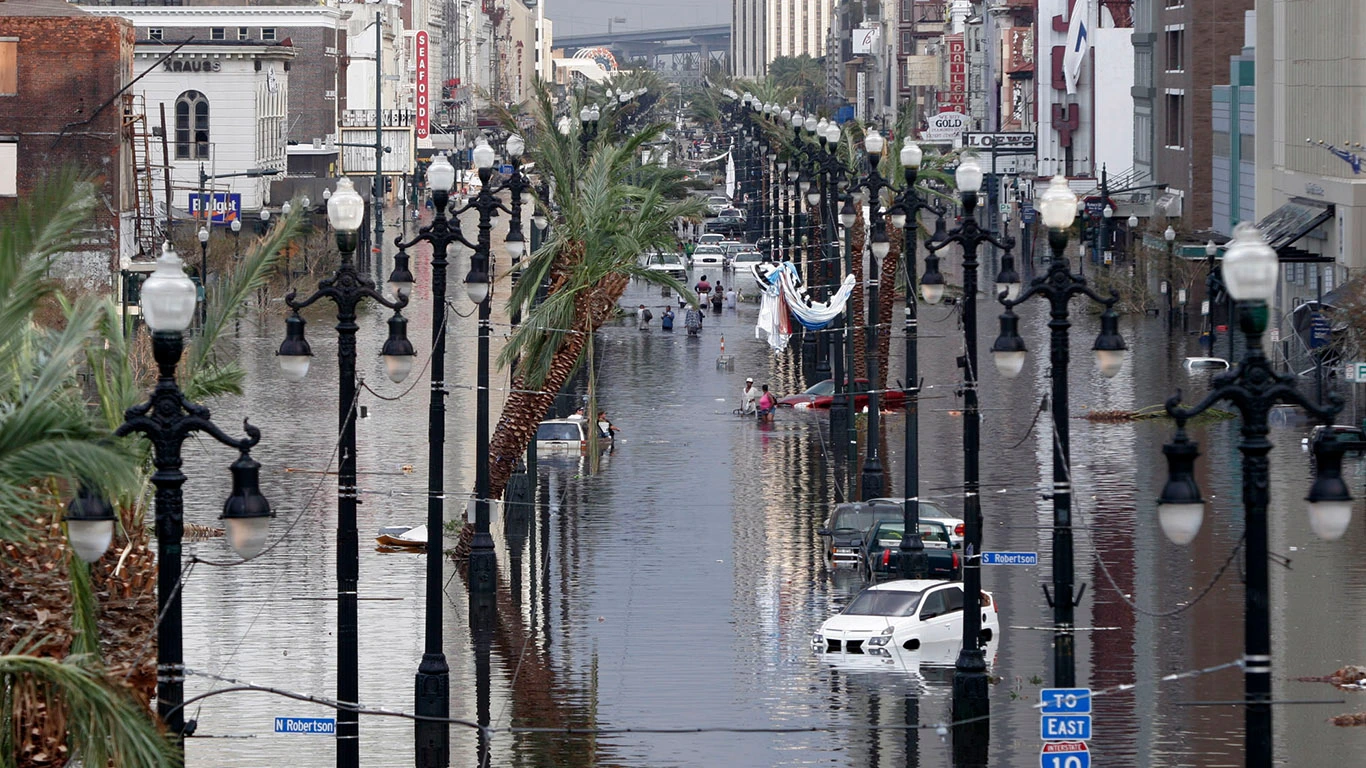
Hurricane Ian made landfall in South Florida, not far from the city of Fort Myers. at 2:24 PM EDT. The storm had intensified rapidly, with recorded sustained winds of 155 mph, just 2 mph under becoming a Category 5 event. Meteorologists say that in addition to heavy winds and rain, Ian’s storm surge poses a serious risk for loss of life, with some estimates saying the water could rise as much as 18 feet above sea level. At the time of this story, some 800,000 Floridians were reportedly without power.
A hurricane is a large, swirling tropical storm, with wind speeds than can exceed 150 miles an hour. Either from personal experience or from the visceral imagery provided by national news outlets, most Americans are familiar with the results of these savage tempests: boats overturned and smashed together, cars and trucks picked up and dropped upside down miles away, city streets filled with shattered glass or turned into torrential rivers, rural villages razed into piles of sticks, and so on.
Sometimes, the devastation is so vast that we nearly forget what the places looked like before they were struck by major hurricanes. That is why 24/7 Wall St. has collected before-and-after images depicting the horrific effects of some of the worst hurricanes to strike the United States in recent history. We reviewed information from the National Hurricane Center on 18 major hurricanes since 2000 that caused at least $3 billion in damages.
Regard the peaceful scenes of life in normal weather, then the aftermaths of these violent superstorms, and remember how punishing the natural world can be.
Click here for before and after pictures of the worst hurricanes in American history





